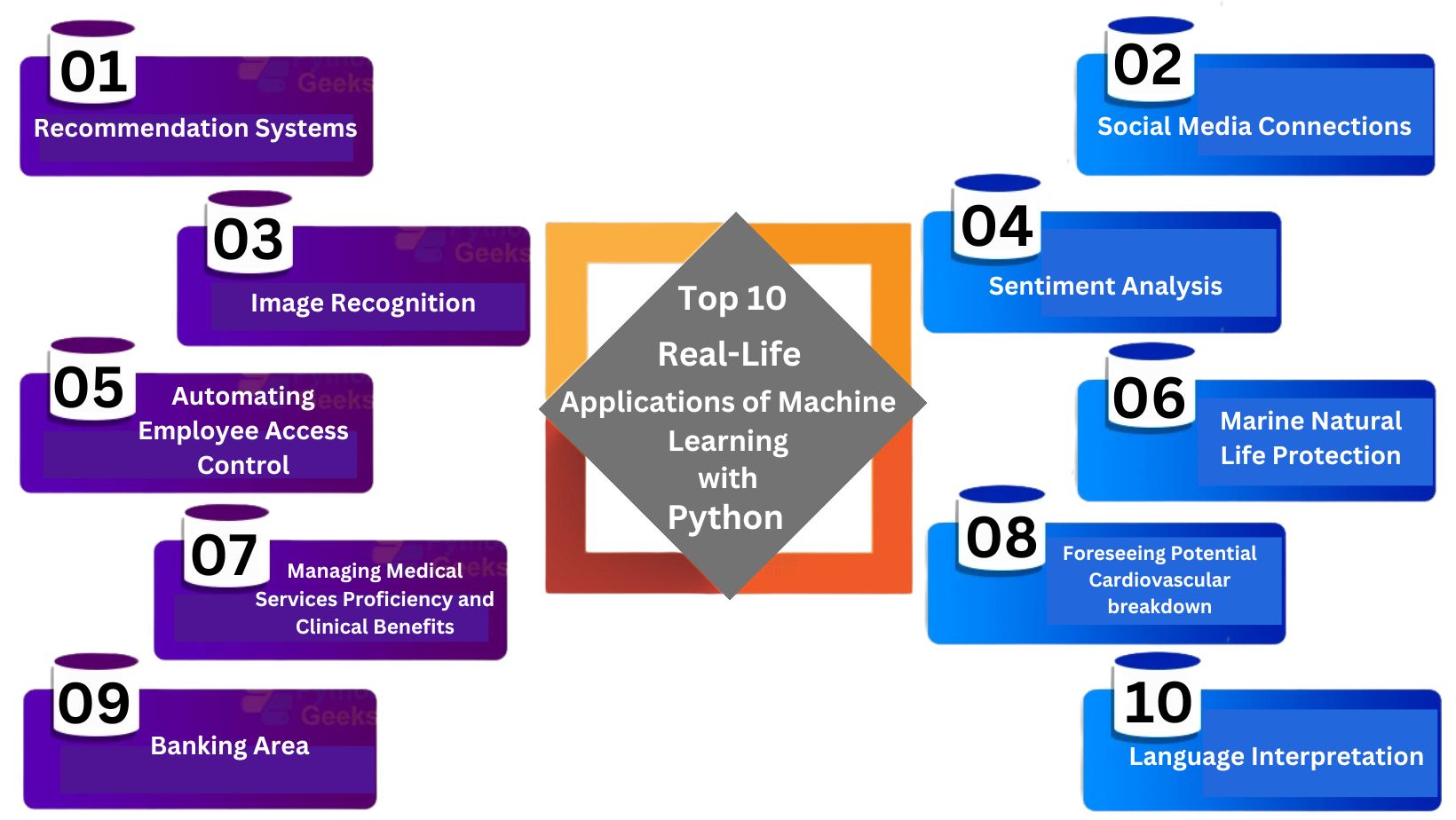
Overview of Real-World Applications of Learning
Definition of Learning Applications
Learning applications refer to the various methods and platforms through which individuals can apply knowledge and skills acquired in educational settings to real-world scenarios. These applications encompass a wide range of tools, from software that enhances skill development to techniques that facilitate experiential learning. The goal is to bridge the gap between theoretical knowledge and practical execution.
Importance of Practical Learning
Practical learning is essential for several reasons:
- Relevance: It ensures that the skills being taught are applicable in everyday life.
- Engagement: Hands-on experiences keep learners motivated and invested in their education.
- Retention: Practical application helps solidify knowledge, making it easier to recall later.
For example, when students learn about science through hands-on experiments, they are more likely to remember the concepts long after the lesson ends. This approach is particularly effective across various fields, highlighting the indispensable nature of practical learning in nurturing competent individuals. By embracing such learning applications, we not only enhance our understanding but also prepare ourselves for the challenges ahead.

Technology Sector
Artificial Intelligence and Machine Learning
Artificial Intelligence (AI) and Machine Learning (ML) are at the forefront of the technology sector, providing transformative applications that utilize learning principles. These technologies enable systems to adapt, learn from data, and improve over time. For instance, a recommendation engine on a streaming platform learns from user preferences to suggest shows and movies that align with individual tastes.
- Key Benefits:
- Enhanced decision-making capabilities
- Automation of routine tasks
- Personalization of user experiences
Data Science and Analytics
Data science harnesses the power of vast amounts of data to uncover insights and drive innovation. Learning algorithms play a crucial role in deriving meaningful patterns from complex datasets. For example, businesses use data analytics to optimize operations and inform strategic decisions.
- Real-World Examples:
- Predictive analytics in marketing to tailor campaigns
- Performance tracking in finance to identify market trends
As we delve deeper into the technology sector, it becomes evident that the applications of learning are not just hypothetical; they are integral to driving progress and efficiency in today’s digital landscape.

Healthcare Industry
Medical Diagnostics and Imaging
In the healthcare industry, the integration of learning applications like AI has revolutionized medical diagnostics and imaging. Technologies such as deep learning algorithms analyze medical images with remarkable precision, assisting radiologists in identifying conditions such as tumors or fractures.
- Example:
- An AI-powered tool can analyze thousands of X-ray images, learning from past cases to improve accuracy and reduce diagnosis times.
This advancement not only enhances diagnostic capabilities but also supports healthcare professionals in delivering better patient care.
Electronic Health Records
Electronic Health Records (EHRs) are another critical area where learning applications improve healthcare. EHR systems centralize patient information, allowing for efficient tracking of medical history, treatments, and medication.
- Benefits:
- Streamlined access to patient data for healthcare providers
- Enhanced communication among medical professionals
- Improved patient management and continuity of care
Consider, for instance, how a doctor can quickly review a patient’s electronic health record to make informed decisions during a consultation. By leveraging these learning applications, the healthcare industry moves closer to a more cohesive and efficient system, ultimately benefiting patients and professionals alike.
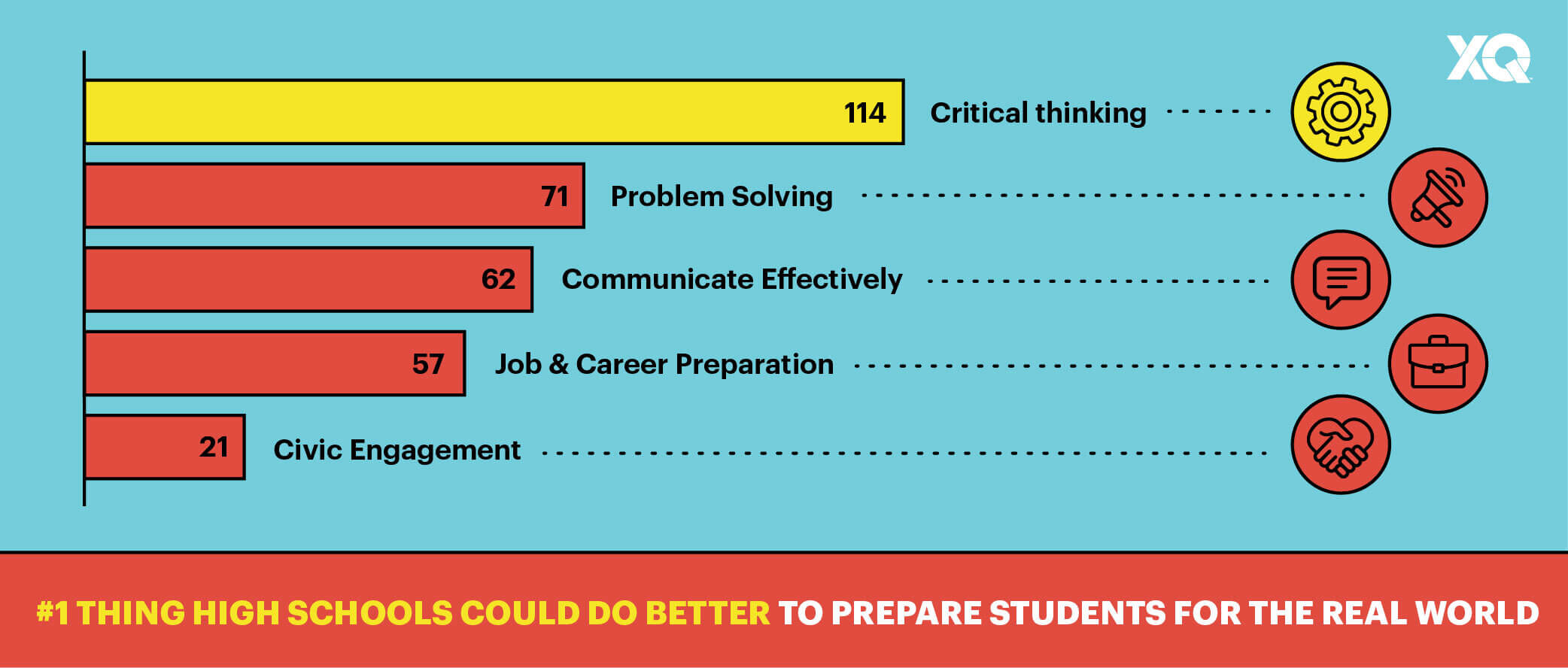
Education and Training
E-Learning Platforms
As we move further into the exploration of real-world applications of learning, the education and training sector has made significant strides through e-learning platforms. These online systems provide flexible learning opportunities that cater to diverse needs.
- Advantages:
- Accessibility: Learners can access resources anytime, anywhere.
- Customization: Courses can be tailored to fit individual learning styles.
For example, platforms like Coursera and Udemy allow users to learn at their own pace, offering a range of courses from coding to photography.
Immersive Learning Experiences
Moreover, immersive learning experiences, such as virtual reality (VR) and augmented reality (AR), are transforming the classroom. These technologies enable students to engage with subjects in a 3D environment, making complex concepts more tangible. Imagine medical students practicing surgery in a virtual setting before ever touching a patient.
- Key Features:
- Hands-on practice in a safe environment
- Enhanced engagement through interactive content
By adopting e-learning platforms and immersive experiences, the education and training industry is creating pathways that empower learners to grasp knowledge effectively, preparing them for a world that demands continuous learning and adaptability.
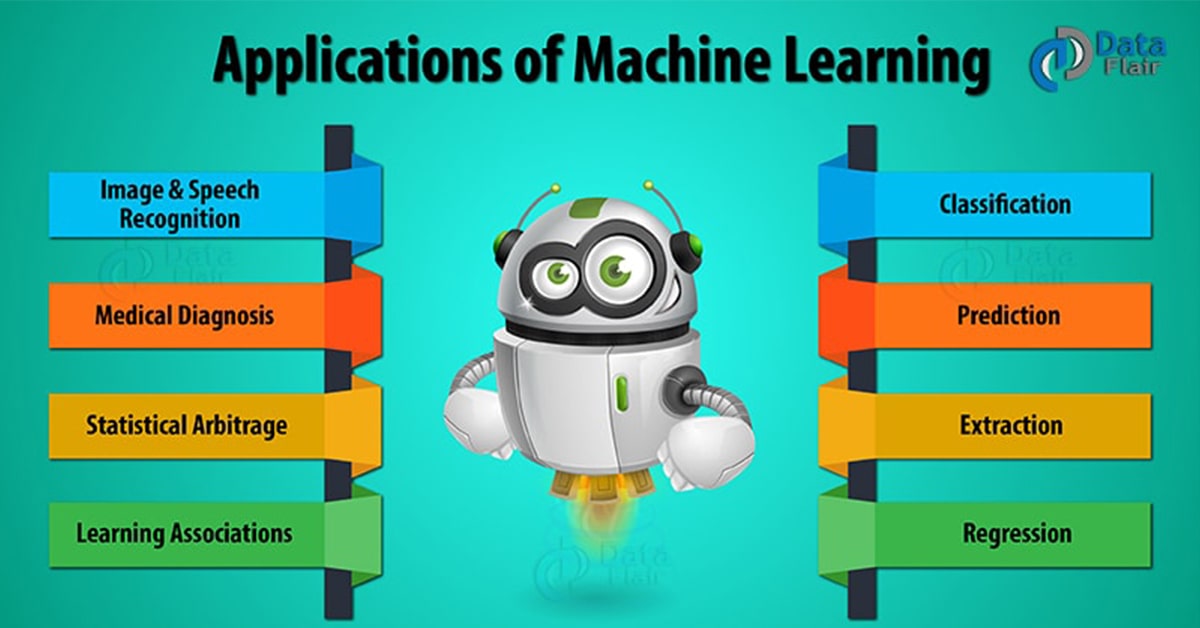
Business and Marketing
Customer Relationship Management (CRM)
Transitioning to the business and marketing sector, the application of learning is vividly illustrated through Customer Relationship Management (CRM) systems. These tools collect and analyze customer data, helping organizations manage relationships effectively.
- Benefits of CRM:
- Centralized customer information for better service
- Enhanced communication through targeted outreach
- Analytics to track customer interactions and predict behaviors
For instance, a small business using a CRM can easily identify its repeat customers and tailor services to enhance satisfaction.
Personalized Marketing Strategies
Additionally, personalized marketing strategies have emerged as a powerful approach in this domain. By utilizing data gathered from CRM systems, companies can create content that resonates with individual preferences.
- Strategies to Consider:
- Segmentation of audiences based on purchasing behavior
- Customized email campaigns that address specific needs
Imagine receiving an email with product recommendations directly aligned with your previous purchases; that’s the power of personalized marketing! By leveraging these learning applications, businesses can cultivate stronger customer connections and drive engagement, leading to sustainable growth.
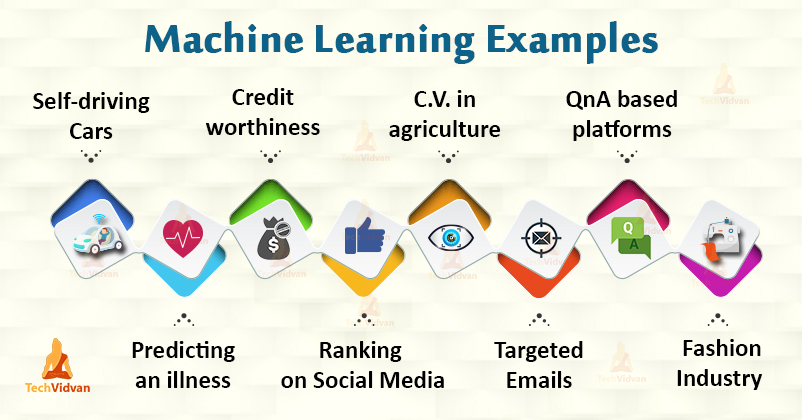
Automotive and Transportation
Autonomous Vehicles
Shifting gears to the automotive and transportation sector, learning applications have significantly shaped advancements in autonomous vehicles. These self-driving cars leverage AI and machine learning to process real-time data from their surroundings, making decisions similar to human drivers.
- Key Features:
- Advanced sensors and cameras for environmental awareness
- Continuous learning from vast amounts of driving data
For instance, companies like Tesla collect data from their fleet to improve their driving algorithms, making their vehicles safer with each mile driven.
Traffic Management Systems
In addition to autonomous vehicles, traffic management systems have become crucial for optimizing urban mobility. These systems utilize data analytics to monitor traffic patterns, predict congestion, and enhance road efficiency.
- Benefits:
- Real-time data sharing between vehicles and infrastructure
- Improved safety measures through dynamic traffic signals
Imagine an app that reroutes you based on live congestion data—it’s about making every journey smoother. The integration of learning applications in automotive and transportation is paving the way for smarter infrastructure and safer travel experiences, ultimately transforming the way we navigate our cities.
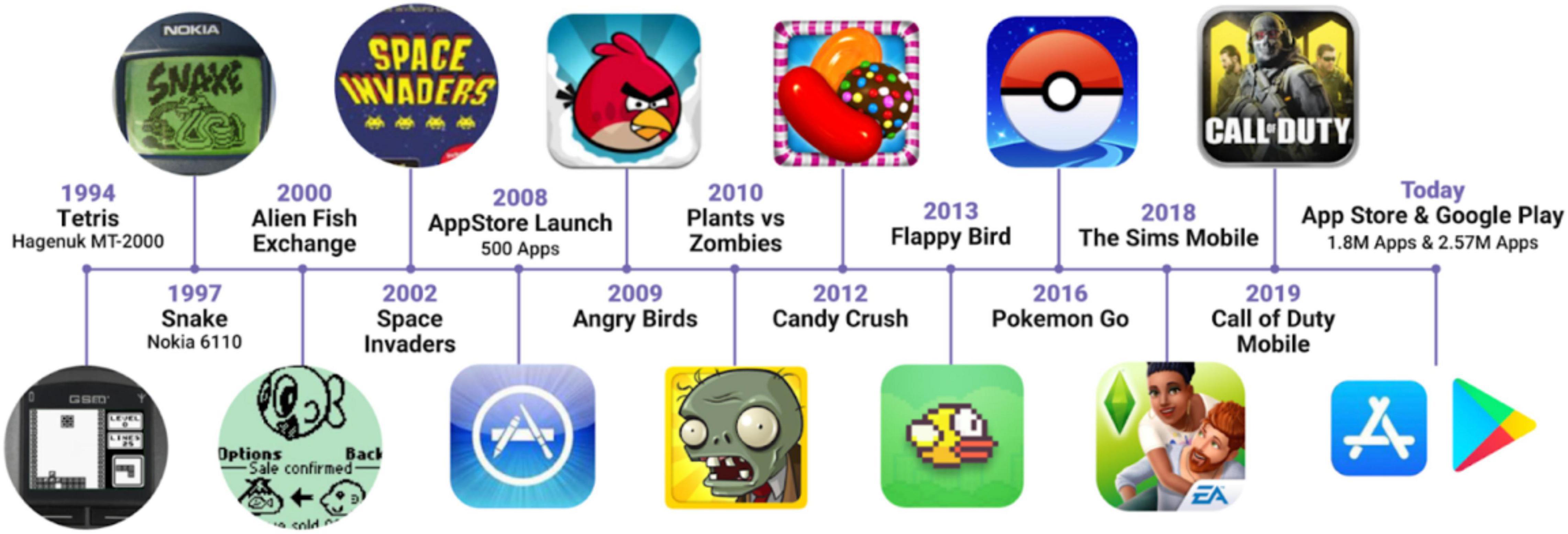
Entertainment and Gaming
Virtual Reality (VR) Experiences
As we navigate toward the realms of entertainment and gaming, the emergence of Virtual Reality (VR) experiences stands out. VR technology immerses users in simulated environments, providing a level of engagement that traditional media simply can’t match.
- Applications of VR:
- Immersive gaming experiences that transport players to fantastical worlds
- Enhanced storytelling through interactive plotlines
For example, games like “Beat Saber” not only provide entertainment but also help improve physical fitness by requiring players to move and dance within virtual environments.
Gamification in Learning
Alongside VR, gamification has become a significant trend in educational gaming. This approach incorporates game-like elements into learning processes, making education more engaging and motivating for learners.
- Benefits of Gamification:
- Encouragement of competition and collaboration
- Real-time feedback for instant improvements
Picture a classroom where students earn points for completing assignments, much like scoring in a video game; the excitement fosters a more dynamic learning atmosphere! By harnessing these innovative learning applications, the entertainment and gaming sectors are not only redefining play but also revolutionizing how knowledge is absorbed and experiences are enjoyed.
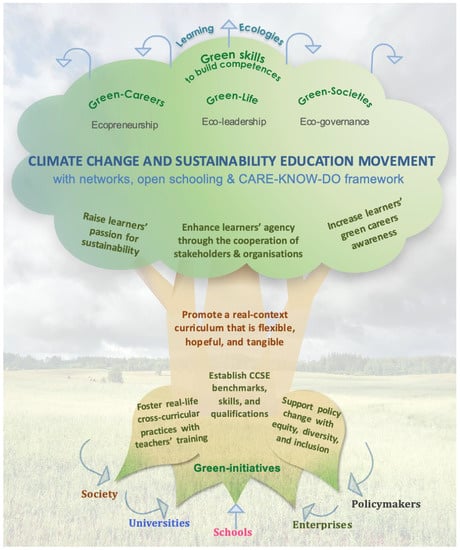
Environmental Sustainability
Renewable Energy Technologies
Turning our focus to environmental sustainability, one of the most promising applications is in renewable energy technologies. These innovations harness natural resources, such as solar, wind, and hydro power, to generate energy in an eco-friendly manner.
- Key Advantages:
- Reduction of greenhouse gas emissions
- Decreased reliance on fossil fuels
For example, my neighbor recently installed solar panels and has seen a significant drop in energy bills, while contributing to cleaner air in our community.
Waste Management Solutions
Equally important are advancements in waste management solutions that utilize learning-based technologies to improve recycling and waste disposal processes.
- Effective Solutions:
- Smart bins that monitor waste levels and optimize collection schedules
- AI-driven sorting systems that enhance recycling efficiency
Imagine a city where waste is sorted automatically, leading to increased recycling rates and reduced landfill use. By integrating these learning applications into environmental practices, we pave the way for a more sustainable future, demonstrating that responsible resource management is not just a necessity, but an achievable goal.

Agriculture and Farming
Precision Agriculture
As we delve into agriculture and farming, the application of precision agriculture stands out as a groundbreaking approach. This technique leverages data analytics and technology to optimize field-level management regarding crop farming.
- Benefits of Precision Agriculture:
- Enhanced resource efficiency through targeted applications of water, fertilizers, and pesticides
- Increased crop yields while reducing environmental impact
For instance, I’ve noticed my friend’s farm thriving thanks to drones that scan his fields, providing insights into soil health and crop conditions.
Crop Monitoring Technologies
In addition, crop monitoring technologies are transforming how farmers assess and manage their fields. Tools like satellite imagery and IoT devices enable real-time monitoring of plant health.
- Examples of Technology:
- Drones equipped with multispectral cameras for detecting plant stress
- Soil sensors that track moisture levels and nutrient content
Picture a farmer receiving alerts on their smartphone about irrigation needs or pest infestations, allowing for swift action. By implementing these learning applications, the agriculture sector is not only boosting productivity but also promoting sustainable farming practices, ensuring food security for future generations.
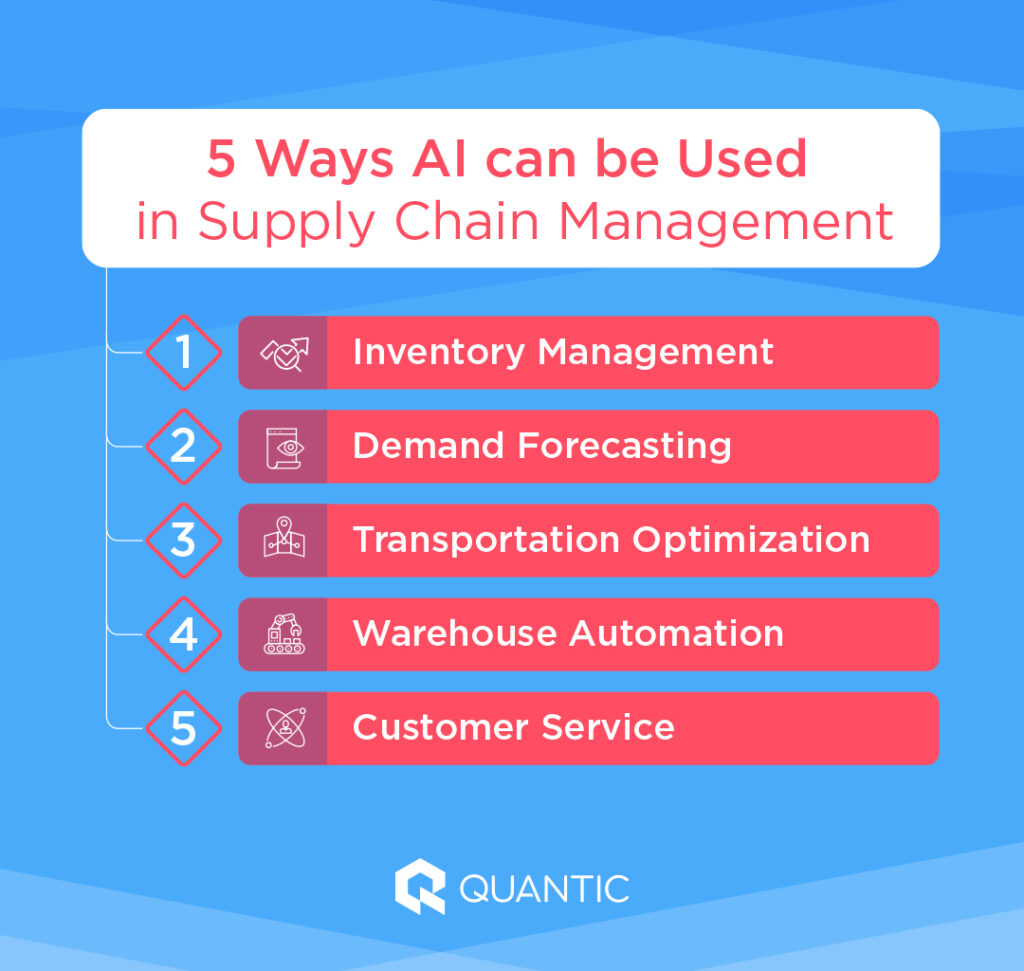
Retail and Supply Chain Management
Inventory Optimization
Transitioning into the realm of retail and supply chain management, inventory optimization plays a crucial role in ensuring that stock levels meet customer demand without overextending resources. By utilizing advanced analytics and machine learning, retailers can accurately forecast inventory needs.
- Key Benefits:
- Reduction of carrying costs associated with excess inventory
- Improved customer satisfaction through timely product availability
For example, a local bookstore I visited uses a system that automatically adjusts orders based on sales trends, leading to fewer missed sales opportunities.
Supply Chain Analytics
Complementing inventory optimization, supply chain analytics allows businesses to gain insights into their entire supply chain, identifying inefficiencies and opportunities for improvement.
- How It Works:
- Integration of data from various sources to track shipments and delivery times
- Use of predictive analytics to anticipate disruptions and adjust strategies accordingly
Imagine a company receiving alerts about potential delays in shipments, enabling them to proactively communicate with customers. By embracing these learning applications, retailers can create more resilient supply chains and enhance their overall operational efficiency, ultimately benefiting both businesses and consumers alike.

